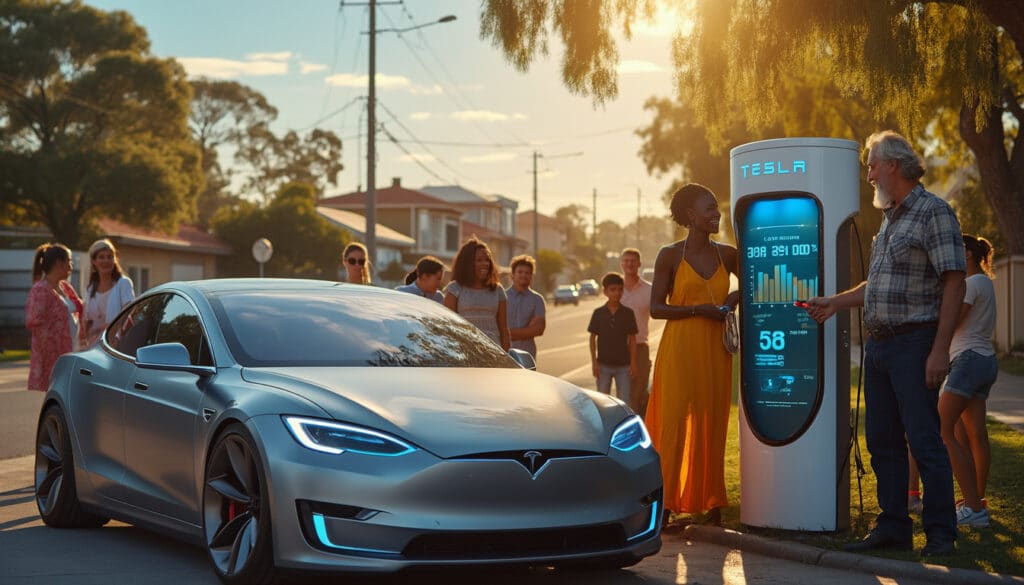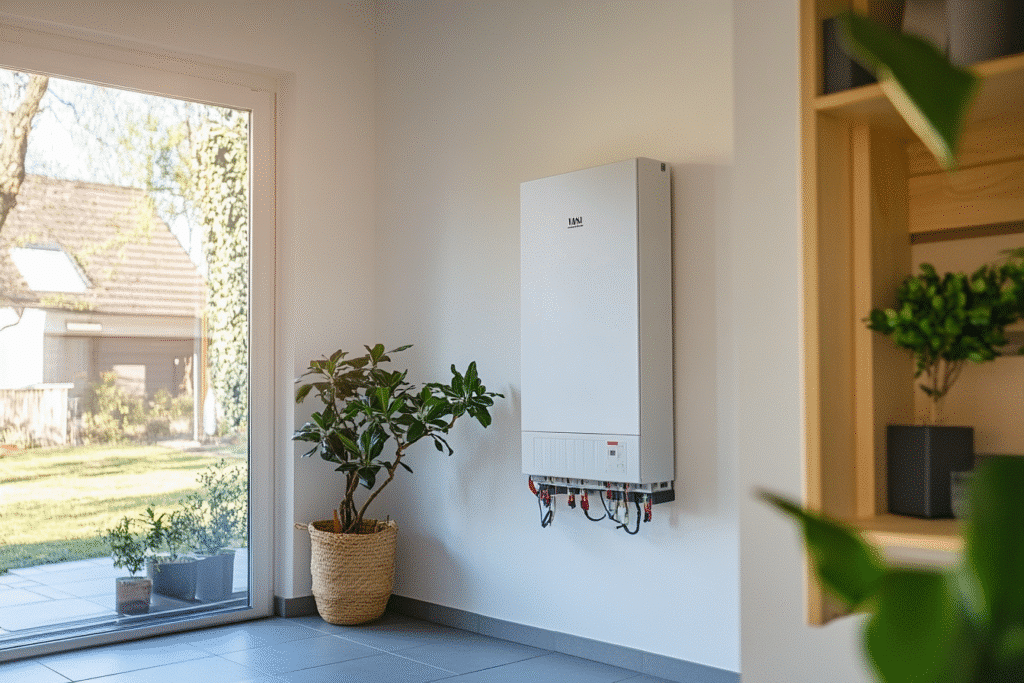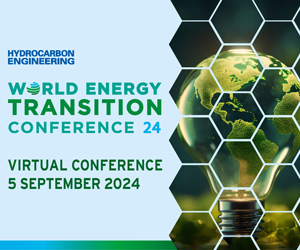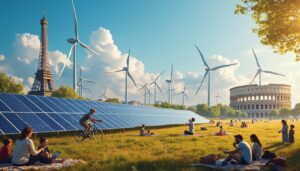As technologies advance at a breakneck pace, a handful of Australians have begun transforming their electric cars into true mobile power plants. Thanks to an innovative device called V2G (vehicle-to-grid), they can not only recharge their vehicles but also send the energy stored in their car batteries back to the grid when demand spikes. Although this technology is still rare, it opens up new promising prospects for a smarter use of energy resources while helping to reduce the carbon footprint.

Electric car: a battery on wheels
In Australia, a new trend is emerging in the field of electric vehicles. These vehicles are now seen not only as means of transportation but also as mobile batteries capable of storing and redistributing energy. The V2G (Vehicle-to-Grid) functionality allows the sale of this stored energy in electric car batteries directly to the power grid. The benefits are numerous: reduced electricity bills, optimized use of domestic solar installations, and stabilization of the electric grid. This innovative approach opens up new prospects for the integration of renewable energies into daily life.
The technical challenges of V2G integration
Implementing a V2G system is not without challenges. Only a limited number of vehicles, such as the Nissan Leaf, are currently compatible with this technology, and bidirectional chargers are still rare and expensive. Furthermore, interested individuals must navigate a complexity of regulations and administrative procedures. On the other hand, efforts are being made to simplify access to this technology, with new Australian standards and communication protocols. If these measures succeed in facilitating adoption, V2G technology could benefit users and help reduce national carbon emissions.
A promising future for V2G pioneers
The early adopters of V2G technology share their enriching experiences, which allow them not only to save energy but also to actively participate in the transformation of energy infrastructures. By utilizing energy derived from their solar panels to charge their cars, and then selling excess energy during peak tariff times, they manage to significantly reduce their annual electricity bills. The promise of increased energy independence and a positive contribution to the ecosystem encourages many others to embark on the adventure.
Articles similaires
Thank you!
We will contact you soon.














